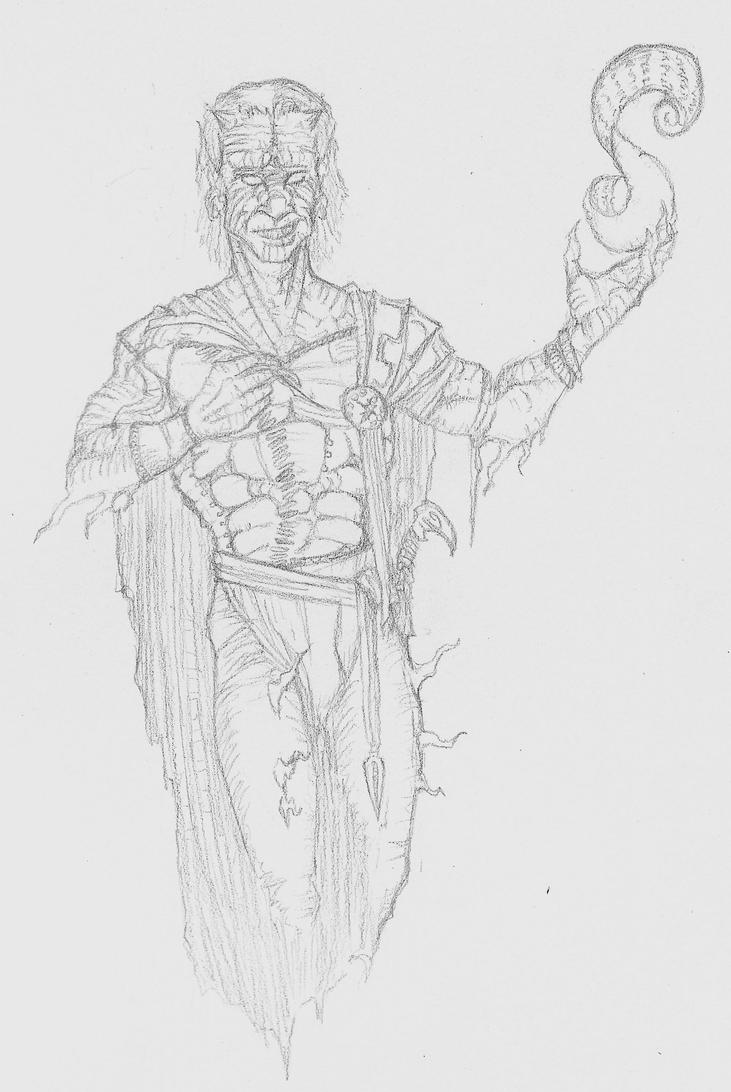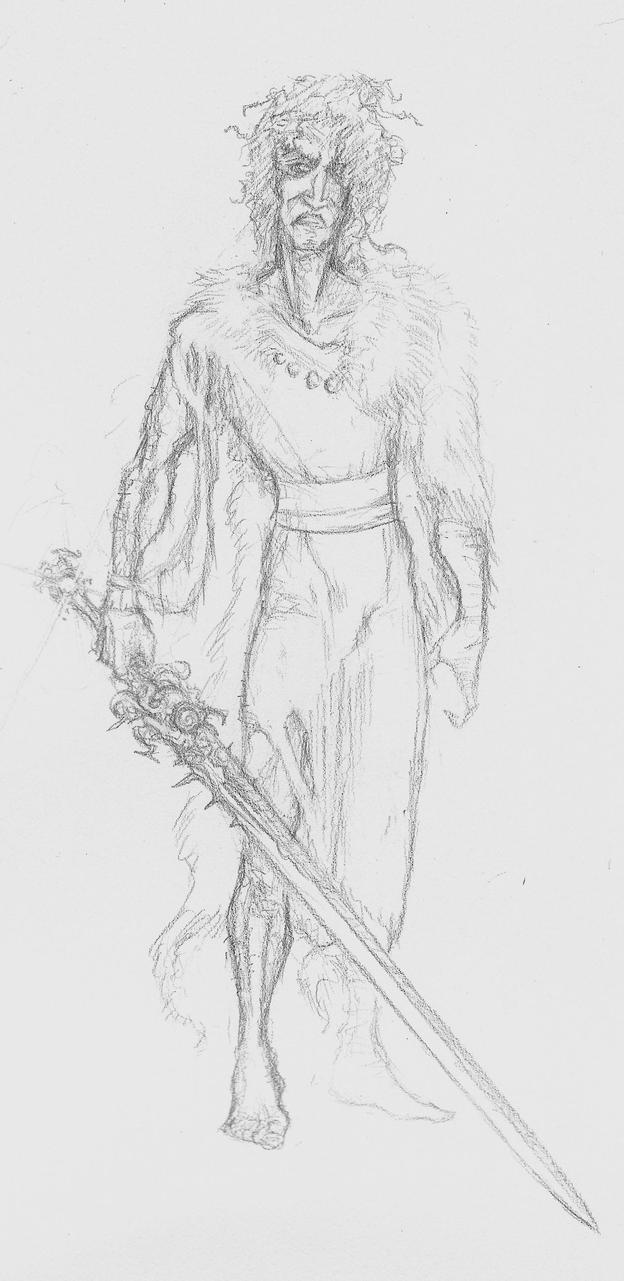Second Empire tradition says that the demons and devils of the Nine Hells found their way there (and their respective homes in the 5th and 6th Hell respectively) by following a demon-prince of great power. They settled there, within the scope of Arunia's Three Worlds, and ever after have poured into the lower two realms like locusts. They still cannot bridge the gap to the Middle World without assistance (for the most part) which makes demonology one of the few ways to bring a creature from the Lower World to Atva-Arunia.
Today, of course, the demonological lore of the Second Empire is mostly lost. What remains are the few spells and bits of knowledge that survived the collapse of the Schools and the wars of the various magi, which weakened both the magical tradition of the Second Empire as well as the empire itself. Like the lost art of the Tekhne Manuscripts, there is much from that period in terms of fiendish knowledge that has been lost to the mists of time.
A not uncommon use for that Second Empire knowledge was to bind demons and devils to fetish-like charms so that they may be forced into service by the sorcerers of one School or another. While this practice began with simple wands and ivory sticks, the ultimate expression of the art form was realized in the enchanted gems known as Prison Stones.
The Prison Stones were gemstones of uncommon worth that were wrapped about with magical writing and graven in Maidic runes. Hundreds of spells may be laid upon a single stone to protect it from the ravages of the demon imprisoned within or the forces of nature that might contrive to act on it from without. Many of these stones were made hard as ædrite so they would never be subject to destruction by force, thus freeing their occupant.
 |
| Iorlex |
In the modern age of Arunia, the stones are mostly lost. Many of their magics have been weakened so that some of the Prison Stones might even be destroyed by mundane means, freeing their occupants. Knowledge of their use is limited to a few ancient manuscripts, none of which are easily accessible. So, these powerful stones lie in shallow graves where imperial wizards fell, or locked deep inside vaults for safe keeping, or perhaps tucked away in a ruined niche of some old imperial garrison. Though there were never more than five or six hundred at any given time, the stones themselves do not lie idle and it is thought that they may be able to call people to them with a silent, siren song.
The most recent surfacing of one of these Prison Stones was set in the blade Heartcleaver by a dwarf of Portomagno, who himself murdered the sorcerer that discovered it. The blade, once claimed by the unfortunate adventurer Hegoro Beloro, proved too much for him and overcame him with its grating ego, forcing him to subsist in the dwarven crypt on the flesh of the dead while preventing him from leaving for fear of the things the blade would make him do.
An interesting but important fact: though the blade contained the stone of Iorlex, it itself had a personality altogether divorced from the demon and was petrified of the thought that its stone would be destroyed. Indeed, without it Heartcleaver was simply a grotesquely ornate bastard sword. Once Iorlex was freed (and subsequently banished) the blade knew no more.
 |
| Hegoro Beloto, the Bastard of Belladon |

No comments:
Post a Comment